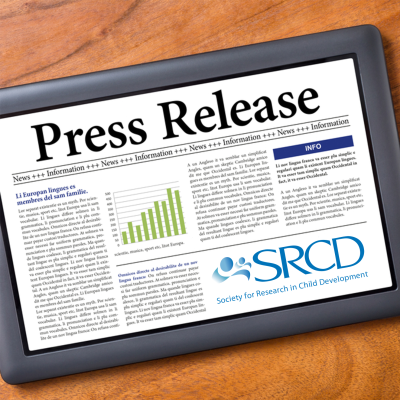Teaching Teens That People Can Change Reduces Aggression in School
PRESS RELEASE / CHILD DEVELOPMENT: Embargoed for Release on February 12, 2013
Teenagers from all walks of life who believe people can’t change react more aggressively to a peer conflict than those who think people can change. And teaching them that people have the potential to change can reduce these aggressive reactions.
Those are the findings of a new study published in the journal Child Development. The research was conducted at the University of Texas at Austin, Emory University, and Stanford University.
Prior research has shown that children who grow up in hostile environments, such as highviolence neighborhoods, are more likely to interpret even minor offenses toward them as having been done on purpose. This interpretation leads them to respond aggressively. The researchers who carried out this study sought to determine whether teens in any environment (rich or poor, violent or nonviolent) could develop a belief—that people’s character traits are fixed and can’t change—that led them to react aggressively.
“Our past research showed that believing people’s traits are fixed leads teens to think the world is full of ‘good’ and ‘bad’ people, with nobody in between; they are then quick to classify people as one or the other,” according to David Yeager, assistant professor of developmental psychology at the University of Texas at Austin, the study’s lead investigator. “In our new research, we found that teens in this ‘fixed’ mindset, even after a minor offense like getting bumped in the hall or being left out of a game of catch, relegated peers to the ‘bad person’ group, decided that they had offended on purpose, and want aggressive revenge.”
Yeager and his colleagues first conducted eight studies with more than 1,600 eighth through tenth graders of different races and ethnicities in both wealthy and low-income schools around the United States. Teens reported their beliefs about change—for instance, whether bullies and victims are types of people who can’t change. Then they responded to situations of conflict or exclusion. Across the board, teens who believed people can’t change were more likely to think the offense was done on purpose and then desire aggressive revenge—for instance, saying they would want to “hurt them,” ‘get back at them,” or “punish them.”
Next, the researchers developed and tested a relatively brief intervention that taught the teens that people have the potential to change. Students read an article about the plasticity of the brain, read notes from older students describing how people are capable of change, and then wrote notes to future students on this topic to make the message stick. Then teens responded to an offense. The intervention reduced the teens’ tendency to see the offense as having been done on purpose, and reduced their desire for aggressive revenge, even eight months after the students took part.
A related study by some of the same authors, which was published recently in Child Development, showed that a longer version of the program could reduce actual behavioral aggression at a low-income urban public high school over an extended period.
“Usually when the public thinks about aggression, we mainly think about violent environments as causes,” Yeager notes. “And then we think that by the high school years, this aggression is deeply ingrained. We don’t often realize that changing a simple belief can also affect aggression.
“Our findings may lead to more broad thinking about the factors that contribute to youth aggression and about methods to prevent it, even in populations not typically thought of as at risk for hostile bias,” suggests Yeager.
The study was funded by the Spencer Foundation and the Thrive Foundation for Youth.
###
Summarized from Child Development, Volume 84, Issue 5. Implicit Theories of Personality and Attributions of Hostile Intent: A Meta-Analysis, an Experiment, and a Longitudinal Intervention by Yeager, DS (University of Texas at Austin), Miu, A (Emory University), Powers, J, and Dweck, CS (Stanford University). Copyright 2013 The Society for Research in Child Development, Inc. All rights reserved.


